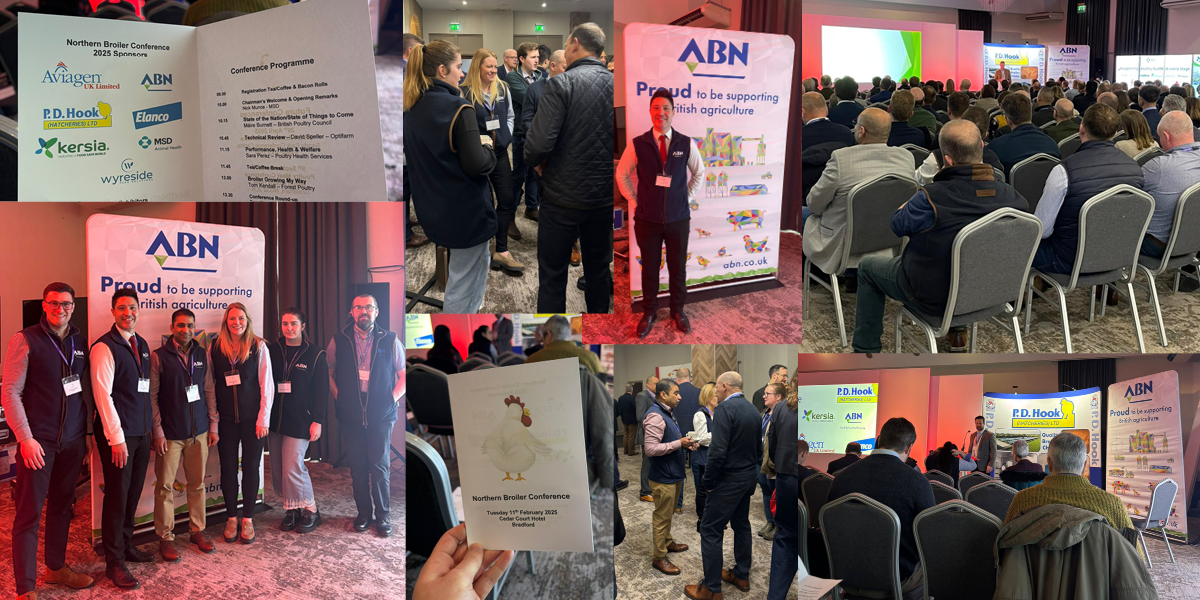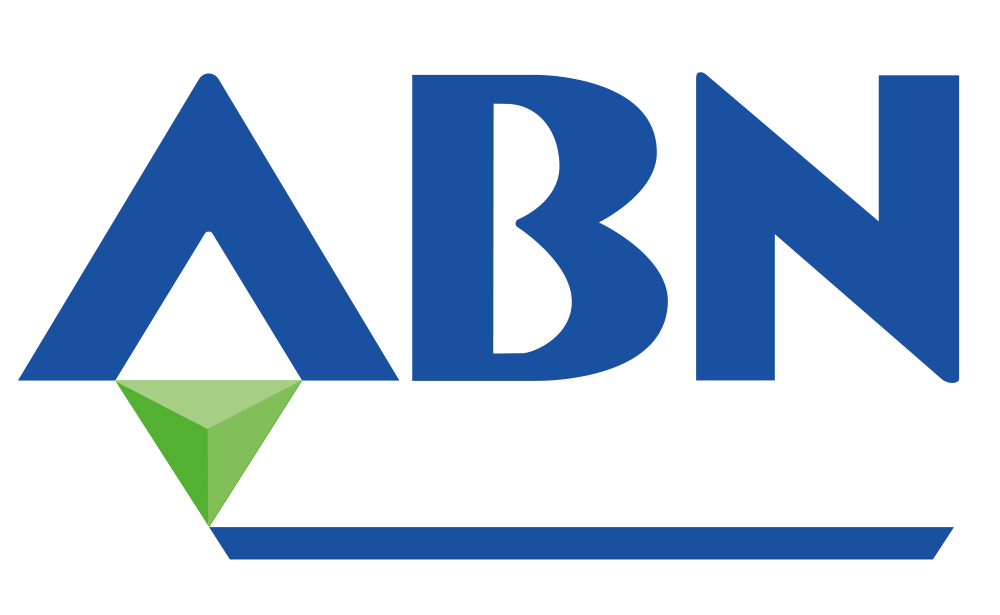
The Northern Broiler Conference 2025, held on February 11 at the Cedar Court Hotel in Bradford, has long been a significant event in the poultry industry for a number of years. For newcomers like myself, it was an eagerly anticipated opportunity to gain insight and knowledge from experts.
The conference opened with a warm welcome and introductory remarks from Nick Munce of MSD, setting the tone for a day filled with valuable discussions. Marie Burnett followed with the "State of the Nation" address, and David Speller from Optifarm delivered an insightful session. Sara Perez of Poultry Health Services explored the question of whether lower density in broiler farming results in better animal welfare, while Tom Kendall from Forest Poultry shared his perspectives in “Broiler Growing My Way.” The day concluded with a comprehensive round-up of the conference by Tom Glen from the NFU, summarizing all the key discussions.
As an Account Manager for ABN, attending events like the Northern Broiler Conference 2025 provide real-time market knowledge, valuable connections, and an opportunity to learn from the very best in the industry. Whether you're selling technology, solutions, or services, keeping up to date on industry trends and networking with potential customers and industry experts gives myself the opportunity learn and add value on farm as much as possible.
Below are some of my personal highlights from the event.
Can Artificial Intelligence Improve Efficiency and Animal Welfare in Broiler Sheds?
David Speller from Optifarm presented on the innovative use of Artificial Intelligence (AI) to merge cutting-edge technology with traditional farming practices. His company uses AI to enable data-driven, real-time actions that improve both farm efficiency and animal welfare, key objectives for the industry.
AI systems can monitor and control various environmental factors in a broiler shed, including temperature, humidity, ventilation, and lighting. With real-time data collection through sensors and smart systems, AI ensure optimal conditions for the birds. For example, it can automatically adjust ventilation, heating, and cooling to prevent stress and improve performance.
Moreover, AI plays a role in monitoring water intake, helping to ensure the birds receive the proper amount of hydration at each stage of their growth. By tracking water consumption, farm managers can identify patterns, allowing them to detect early signs of disease, stress, or other abnormalities in the flock. This early intervention leads to faster action, helping reduce the spread of illness, minimize losses, and improve animal welfare on the farm.
An interesting question from the audience raised concerns about the challenge of finding skilled labour on farms. Would AI technology reduce the need for staff? David emphasized that AI doesn’t replace workers but rather complements their roles by automating routine tasks, ultimately improving efficiency. This automation frees up time for workers to focus on direct care of the chickens, enhancing overall health. I believe this approach optimises operations, ensuring better outcomes for the workers, the companies and the animals.
Growing broilers the Tom Kendall way
During the afternoon session, Tom Kendall from Forest Poultry took inspiration from Frank Sinatra's timeless classic "My Way" to share his personal journey within the poultry industry. Tom’s story traced his experience with Forest Poultry, a company that has grown from operating a single shed to producing an impressive 1.2 million birds every seven weeks.
What stood out from Tom’s presentation was the emphasise that a targeted, site-specific approach has been a key factor in the business's impressive growth. He highlighted one significant change the company made regarding shed disinfection. Previously, Forest Poultry followed a seasonal approach, performing winter and summer disinfections. However, after reviewing this method, they realized that a more data-driven strategy, informed by detailed analysis, was far more effective. This approach ensures the sheds are kept at manageable levels, where any challenges can be addressed proactively.
One of the most refreshing aspects of Tom’s talk was his emphasis on viewing challenges as opportunities for improvement. Rather than shying away from difficulties, he framed each challenge as a stepping stone to improvement. This positive and forward-thinking mindset has clearly played a role in the company’s success.
Looking ahead, Forest Poultry is exploring new ways to optimize performance. This includes the potential addition of new feed additives, evaluating the use of mini pellets versus crumbs during the starter phase. The company is also working closely with ABN on the development of their new Compass range, striving for even greater efficiency and performance.
